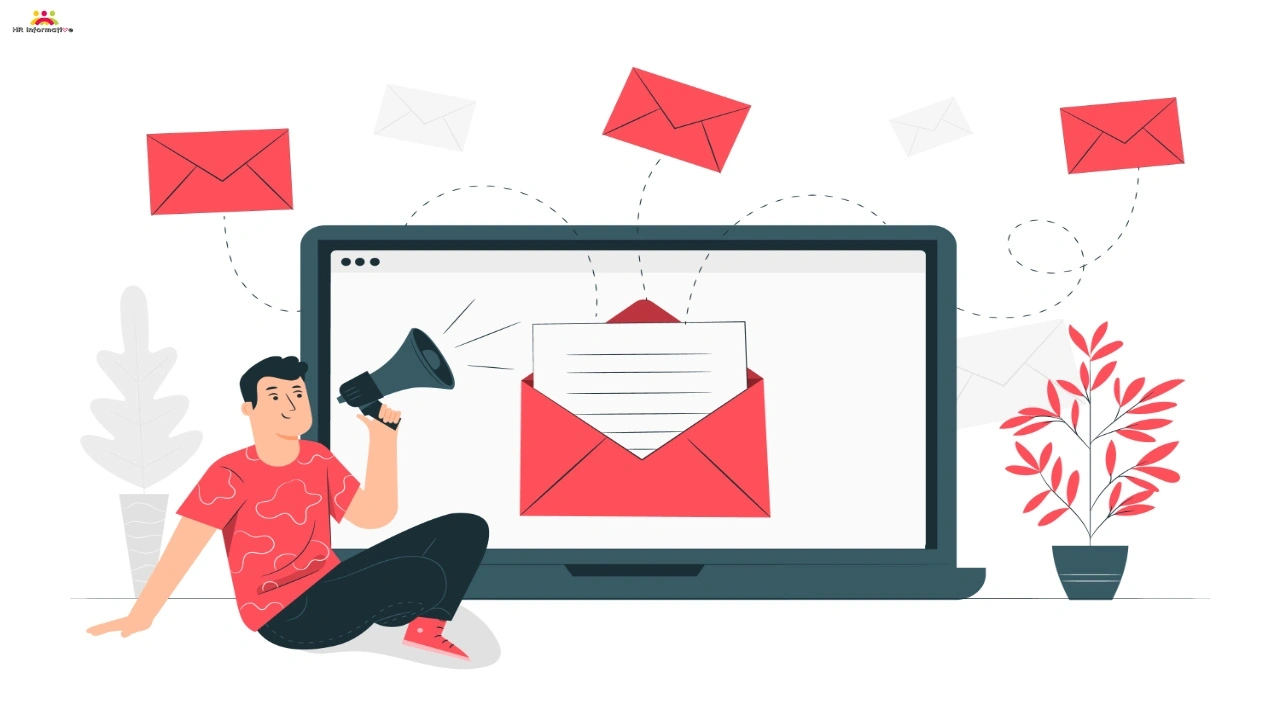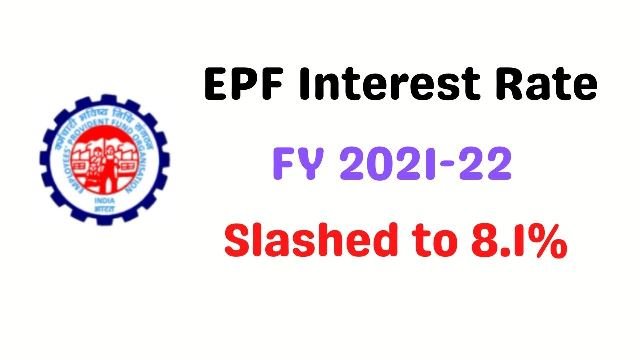Cold email is a powerful outreach strategy used by marketers and sales professionals to initiate contact with potential clients, partners, or customers. Unlike spam, a well-crafted cold email is personalized, value-driven, and legally compliant, setting the stage for meaningful business relationships.
What Is Cold Email?
A cold email is an unsolicited email sent to a recipient who has had no prior interaction with the sender. The primary goal is to start a conversation that can lead to a business opportunity—whether that means generating leads, securing appointments, or building long-term partnerships. Key characteristics include:
- Personalization: Each email is tailored to the recipient, addressing their specific needs or pain points.
- Value Proposition: The email clearly states the benefits of the sender’s product or service.
- Call-to-Action (CTA): A clear next step is provided, such as scheduling a call or directing the recipient to a landing page.
Why Use Cold Email?
Cold email remains a vital component of outbound marketing strategies for several reasons:
- Scalability: It enables businesses to reach a large number of potential customers quickly.
- Cost-Effective: Compared to traditional advertising methods, email outreach is relatively low-cost.
- Direct Communication: It creates a direct line of communication, allowing for a more personal approach than mass advertising.
- Measurable Results: Modern email platforms provide analytics to track open rates, click-through rates, and conversions.
Key Components of a Successful Cold Email
To craft an effective cold email, focus on the following elements:
1. A Captivating Subject Line
The subject line is your first—and often only—chance to grab the recipient’s attention. Keep it short, clear, and intriguing. Use personalization (like the recipient’s name or company) to stand out in a crowded inbox.
2. A Personalized Greeting
Avoid generic openings. A personalized greeting, such as “Hi [First Name],” instantly creates a connection and shows that the email isn’t just part of a mass blast.
3. A Compelling Opening Sentence
Immediately address why you’re reaching out. Highlight a common pain point or a mutual interest to engage the reader from the start.
4. Clear Value Proposition
Explain how your product or service can solve a problem or improve the recipient’s situation. Use data, case studies, or testimonials to back up your claims.
5. A Concise and Relevant Message
Respect your recipient’s time by keeping the email brief and to the point. Use clear language and break up text with bullet points or short paragraphs for easy readability.
6. A Strong Call-to-Action (CTA)
End with a direct, simple request—whether it’s to schedule a call, download a resource, or reply with feedback. Make it as easy as possible for the recipient to take the next step.
Best Practices for Cold Email Outreach
Following these best practices can help ensure your cold email campaigns are both effective and respectful:
- Research Your Audience: Understand the recipient’s industry, role, and potential challenges. The more relevant your email, the better the response rate.
- Follow Up: A single email rarely secures a meeting. Plan for a sequence of follow-ups that provide additional value without overwhelming the recipient.
- Test and Optimize: Use A/B testing to try out different subject lines, calls-to-action (CTAs), and email copy. By comparing the results, you can see which version gets the best response and then adjust your emails accordingly.
- Compliance Matters: Always adhere to legal requirements such as the CAN-SPAM Act in the United States or GDPR in Europe. Provide a clear unsubscribe option to maintain trust and compliance.
- Avoid Salesy Language: Instead of a hard sell, focus on building a relationship. Offer insights, share relevant content, or suggest a casual conversation to create rapport.
Common Mistakes to Avoid
Even with the best intentions, there are pitfalls that can hurt your cold email efforts:
- Generic Messaging: Sending a one-size-fits-all message can quickly lead to low response rates. Tailor each email to the recipient’s specific situation.
- Overloading with Information: A cluttered email can overwhelm the reader. Stick to one primary message or CTA per email.
- Neglecting Follow-Up: Not following up is a missed opportunity. Often, it takes several touches before a prospect responds.
- Ignoring Timing: Sending emails at the wrong time or too frequently can lead to recipient fatigue. Monitor engagement data to optimize your sending schedule.
Real-World Examples of Effective Cold Emails
Consider these simplified examples:
- Example 1:
Subject: “Hi [Name], Quick question about [Company Name]’s growth”
Body: “Hi [Name], I noticed that [Company Name] is expanding its digital presence. Our latest tool has helped similar companies boost online engagement by 30%. Could we schedule a 10-minute call to discuss how this might work for you?” - Example 2:
Subject: “[Name], Ideas to streamline your [specific process]”
Body: “Hello [Name], I’ve been following [Company Name]’s journey and see an opportunity to simplify your [process]. I’d love to share some insights that have helped our clients reduce costs significantly. Are you available for a brief chat next week?”
Legal Considerations in Cold Emailing
Understanding the legal landscape is crucial for successful cold email campaigns:
- Anti-Spam Laws: Familiarize yourself with regulations such as the CAN-SPAM Act in the United States and GDPR in Europe. Ensure you include your business contact information and a clear way to opt out.
- Data Privacy: Respect the privacy of your contacts by securely handling their information and only emailing those who might have a legitimate interest in your offer.
- Transparent Communication: Be honest about why you’re reaching out. Transparency builds trust and helps prevent your emails from being marked as spam.
Final Thoughts
Cold email, when executed thoughtfully, can be an incredibly effective tool for lead generation and business growth. By focusing on personalization, clear messaging, and ethical practices, you can create campaigns that resonate with your audience and yield measurable results. Whether you’re new to cold email or looking to refine your approach, these strategies and best practices offer a roadmap to success in today’s competitive market.
Explore More :



